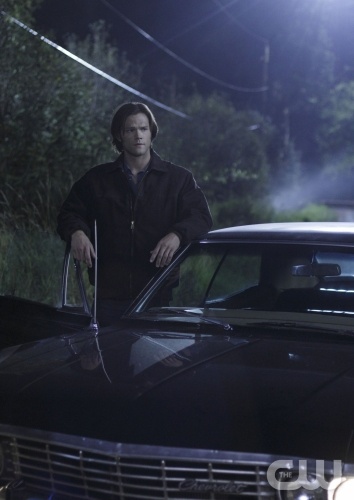Goth Chick News: You Really Need to Tell Me Everything… Now
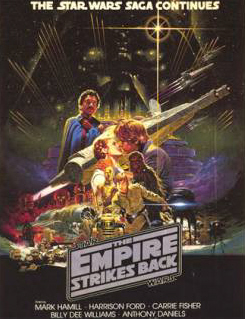 I’m about to cross into some sacred territory here, but what the heck.
I’m about to cross into some sacred territory here, but what the heck.
I really didn’t like The Empire Strikes Back, originally the second (ultimately fifth) in the Star Wars series. In fact, it pretty much put me off the rest of the movies and though I doggedly attended each and every one, the shine went off at number two.
Why?
Because the story left me hanging.
Yep, that’s basically it. The fact that we had to — nay, were forced to — come back for number three to find out what became of Han Solo, who was frozen in carbonite and being rocketed toward certain doom at the end of Empire, sucked the life out of the entire experience for me. Darth Vader’s evil pales in comparison to a cheap trick like an unfinished storyline.
Now before you start peppering me with email and comments about how George Lucas is a national treasure and “how dare I” and all that, please hear me out.
I know a lot of you will say that being left in suspense is part of the fun, and that if a tale is too rich to be told in under three hours it deserves to be broken up into segments. In the case of an HBO series or daytime soap operas I completely agree; waiting to see what happens tomorrow or next week is indeed the hook that keeps the viewers coming back, me included (i.e. True Blood).
The big difference is, the individual segments were never conceived or written to stand alone. And perhaps this is the argument one could make about George Lucas and his intentions when he wrote the entire Star Wars epic. However, a little cynical part of me can’t help but wonder if it had something to do with money, and that’s the bit that ever so slightly gets under my skin.
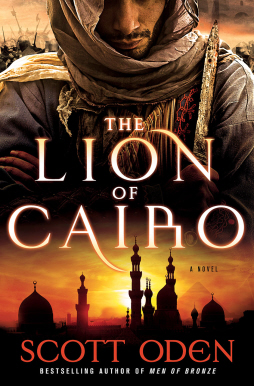
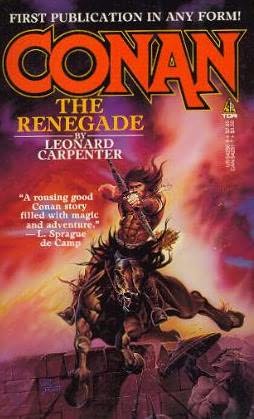 Conan the Renegade
Conan the Renegade The Outlaws of Sherwood, by Robin McKinley
The Outlaws of Sherwood, by Robin McKinley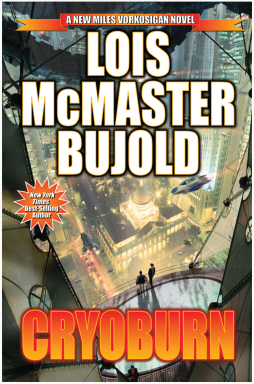

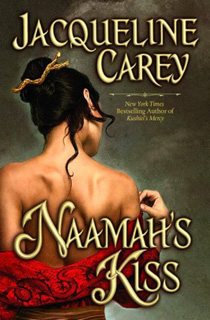
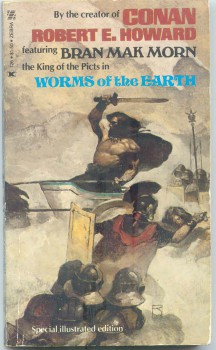 “Worms of the earth, back into your holes and burrows! Ye foul the air and leave on the clean earth the slime of the serpents ye have become! Gonar was right—there are shapes too foul to use even against Rome!”
“Worms of the earth, back into your holes and burrows! Ye foul the air and leave on the clean earth the slime of the serpents ye have become! Gonar was right—there are shapes too foul to use even against Rome!” I believe everyone has something that unnerves them, which is not in your typical things-that-are-scary category. We’ve already agreed that clowns and little kids with blank stares rank high on the creepy index, but there are other more benign items that cause the hair on the back of our necks to stand up, mainly because they exist on the outside of the everyday.
I believe everyone has something that unnerves them, which is not in your typical things-that-are-scary category. We’ve already agreed that clowns and little kids with blank stares rank high on the creepy index, but there are other more benign items that cause the hair on the back of our necks to stand up, mainly because they exist on the outside of the everyday.